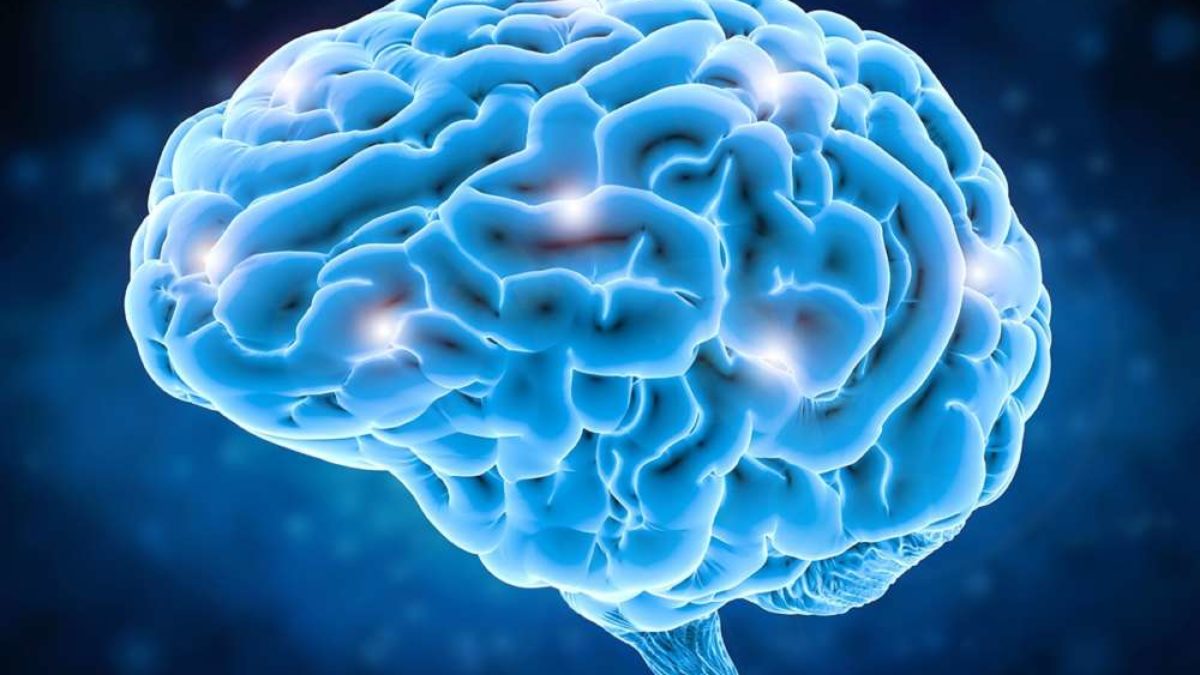According to a new study, non-invasive brain stimulation can restore normal motor skill acquisition in persons with decreased learning capacities, such as those caused by age.
Unsurprisingly, there is a lot of study being done to figure out how humans develop sequential motor abilities, with the majority of studies being conducted on healthy young people. Studies on older people (and common experience) reveal that the older we become, the more difficult and time-consuming it is to learn new motor abilities, implying an age-related decline in learning ability.
“As learning is crucial for continuously adapting and staying integrated in daily life, improving these impaired functions will help to maintain the quality of life as we age, especially in view of the constant increase in life expectancy seen worldwide,” says Professor Friedhelm Hummel who holds the Defitech Chair of Clinical Neuroengineering at EPFL’s School of Life Sciences.
Hummel and his PhD student Pablo Maceira-Elvira discovered that transcranial brain stimulation can enhance age-related deficits in acquiring new motor skills in a recent research.
The “finger-tapping task” was employed in the study to assess how well a person learns new motor abilities. It entails inputting a series of numbers as quickly and precisely as possible. The task is useful in research because it resembles occupations requiring great dexterity, such as playing the piano or typing on a keyboard, while also offering an objective measure of “progress,” defined as a person increasing their speed without losing accuracy.
This is referred to by scientists as a “shift in the speed-accuracy tradeoff,” and it is a critical element of learning. One method the brain accomplishes this transition is by combining individual motor movements into what are known as “motor chunks”: spontaneously forming brain structures that lower a person’s mental burden while maximising the mechanical execution of the motor sequence. “Motor chunks emerge reliably when young adults train on the finger-tapping task, but previous studies show either lacking or deficient motor chunks in older adults,” says Pablo Maceira-Elvira.
The early bird gets the motor skill
The study initially taught and assessed groups of younger and older individuals on a novel finger-tapping activity, revealing significant differences between the two. Young adults acquired the finger-tapping activity most effectively by emphasising accuracy improvement during their first training session and focused on speed improvement thereafter. As a result, the speed-accuracy tradeoff shifted, allowing efficient motor pieces to form early on.
Brain stimulation improvements
Extensive research has been carried out on novel neurotechnologies that may restore learning impairment in older people. “Recent studies have shown we can enhance motor skill acquisition by applying non-invasive brain stimulation to the motor cortex, with anodal transcranial direct current stimulation (atDCS) attracting both academic and commercial interest in recent years due to its unobtrusiveness, portability and affordability,” says Hummel.
In the current study, the researchers applied atDCS to the participants and found that it helped older adults to improve their accuracy sharply earlier on in training and in a pattern similar to that seen in young adults. “Stimulation accelerated the shift in the speed-accuracy tradeoff and enabled an earlier emergence of efficient motor chunks, with 50% of older adults generating these structures during the first training session,” says Maceira-Elvira.
He adds: “The study suggests that atDCS can at least partially restore motor skill acquisition in individuals with diminished learning mechanisms, by facilitating the storage of task-relevant information, quickly reducing mental load and allowing the optimization of the mechanical execution of the sequence.”
“These studies add to the better understanding of age-related deficits in motor skill acquisition and offer a novel strategy to non-invasively restore these deficits,” says Hummel. “These findings open novel opportunities of interventional strategies adjusted to the specific learning phase to restore deficits due to healthy aging or neurological disorder such as stroke.”





